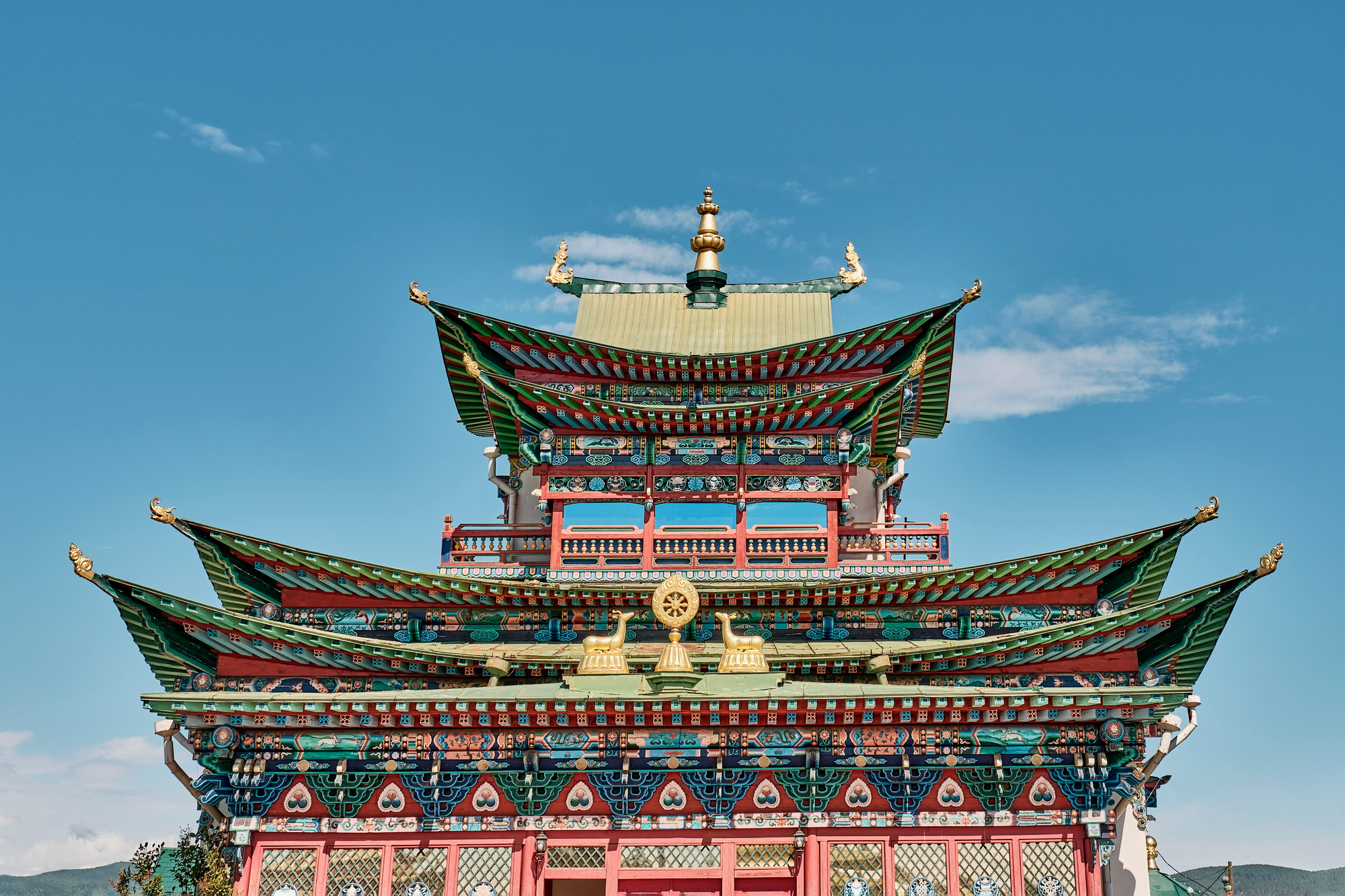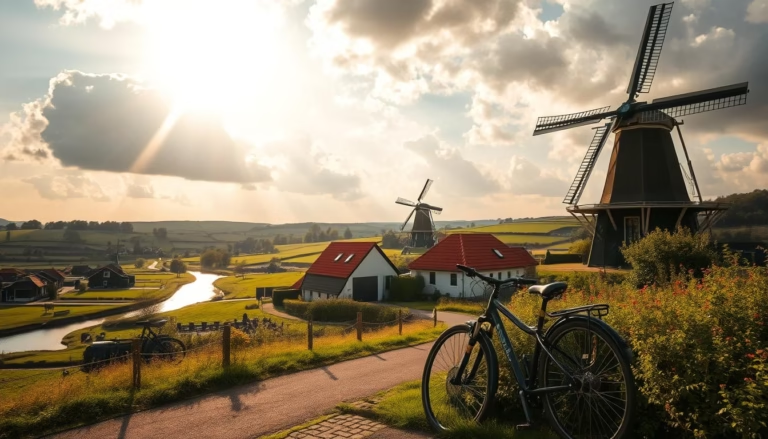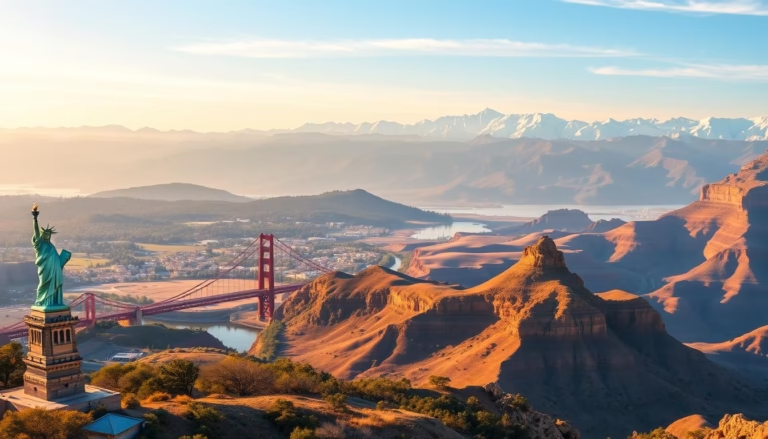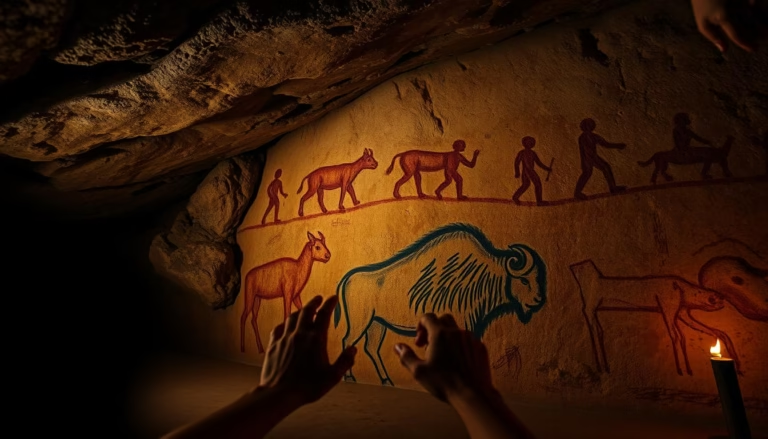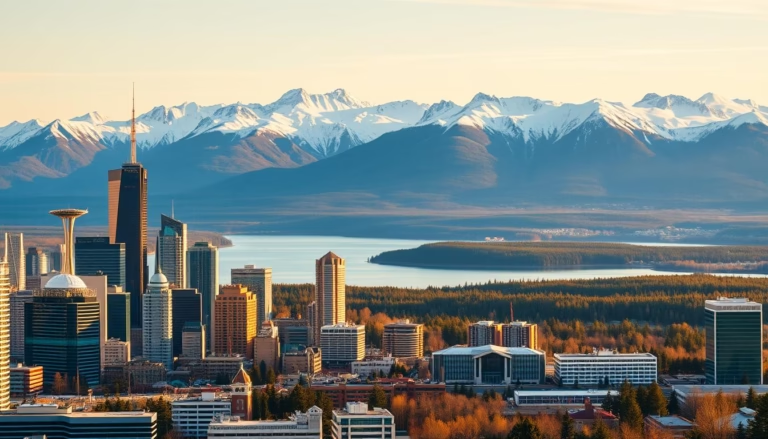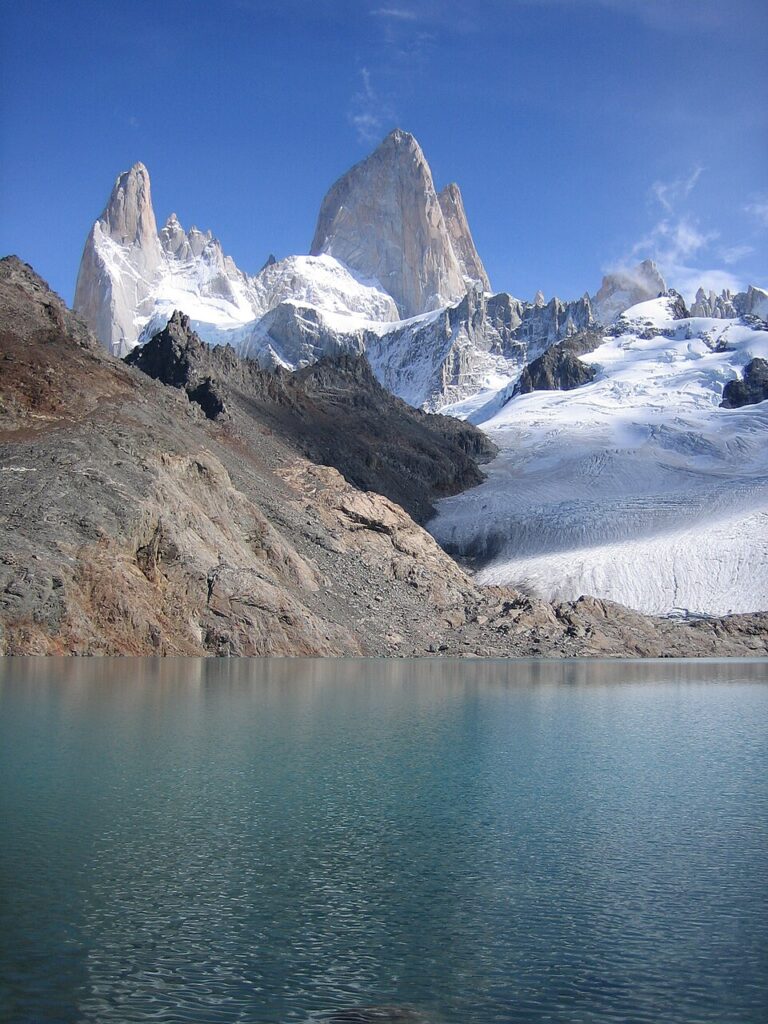10 Extraordinary Monasteries You Must Explore
Imagine ascending through misty mountain passes, where ancient chants fill the air and the scent of incense dances with the wind. These monasteries not only serve as tranquil retreats for meditation and introspection but also encapsulate the rich tapestry of Buddhist history and culture. Prepare to embark on an unforgettable journey to discover ten extraordinary monasteries that invite you to step beyond the ordinary and delve into a world of spiritual wonder.
Table of Contents
- Key Gompa: A Fortress in the Spiti Valley
- Hanging Monastery: Perched Above the Abyss
- Punakha Dzong: The Jewel of Bhutan
- Taktsang Dzong: The Tiger’s Nest Below the Clouds
- Ganden Monastery: The Seat of Learning
- Yumbulagang: The First Crown of Tibet
- Erdene Zuu Monastery: Heritage of Mongolia
- Lama Temple: The Palace of Peace and Harmony
- Thikse Monastery: A Himalayan Gem
- Taung Kalat: The Volcano’s Monastic Peak
Key Gompa: A Fortress in the Spiti Valley
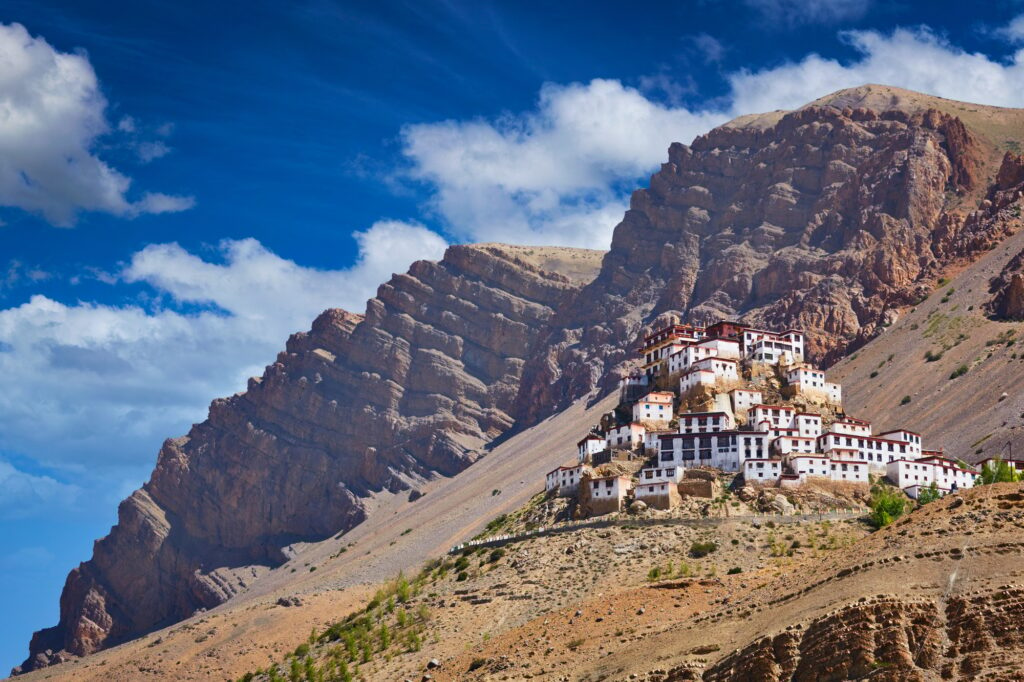
High above the Spiti Valley, cradled by the rugged beauty of the Indian Himalayas, stands Key Gompa. This thousand-year-old monastery is a testament to resilience, having survived countless sieges throughout its history. As you climb the winding paths, the monastery emerges like a fort, with temples built upon one another, casting a poetic silhouette against the azure sky. Here, in this spiritual haven, whispers of ancient prayers echo in the thin mountain air.
Hanging Monastery: Perched Above the Abyss
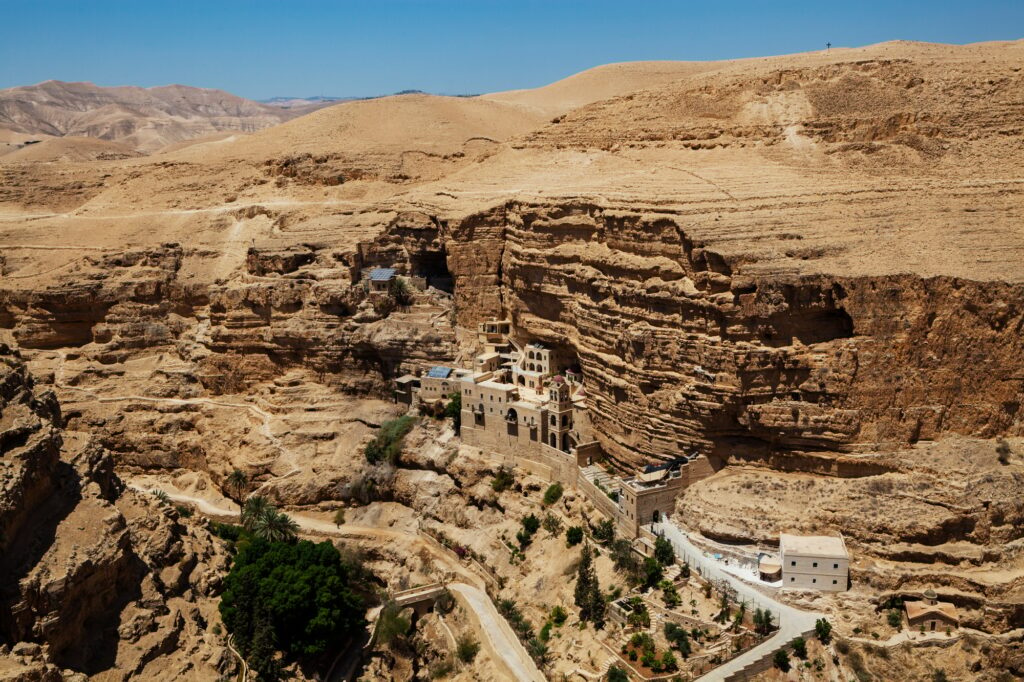
In the land of China, where the mountains rise dramatically from the earth, the Hanging Monastery captivates with its daring architecture. Clinging to a sheer cliff face 75 meters high, this complex of 40 rooms is not actually ‘hanging’ but masterfully built on stilts. Trek along its wooden corridors and feel the rush of history—the monastery, founded over 1,500 years ago, beckons you into its sanctum of tranquility and resilience.
Punakha Dzong: The Jewel of Bhutan
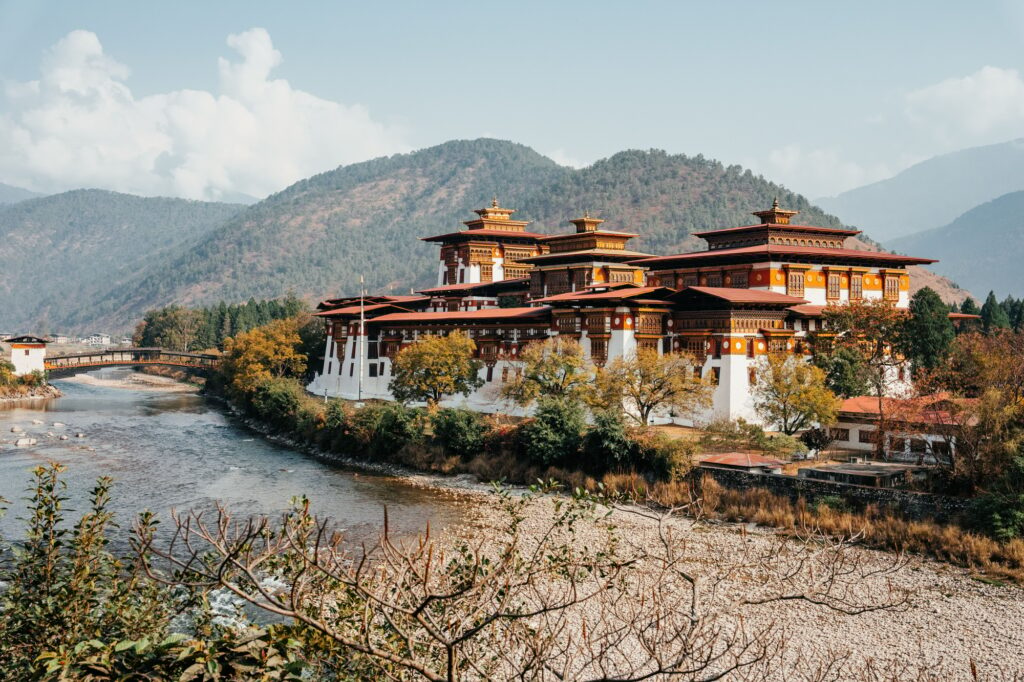
Majestically straddling the confluence of the Pho Chhu and Mo Chhu rivers, the Punakha Dzong exudes a magnificent charm that captures the heart of every visitor. This architectural marvel plays a multifaceted role: it is a fortress, a monastic palace, and a pivotal relic of Bhutanese culture. Crossing the beautifully arched wooden bridge, you step into a world where sacred relics and sprawling gardens invite you to pause and reflect on the region’s storied past.
Taktsang Dzong: The Tiger’s Nest Below the Clouds
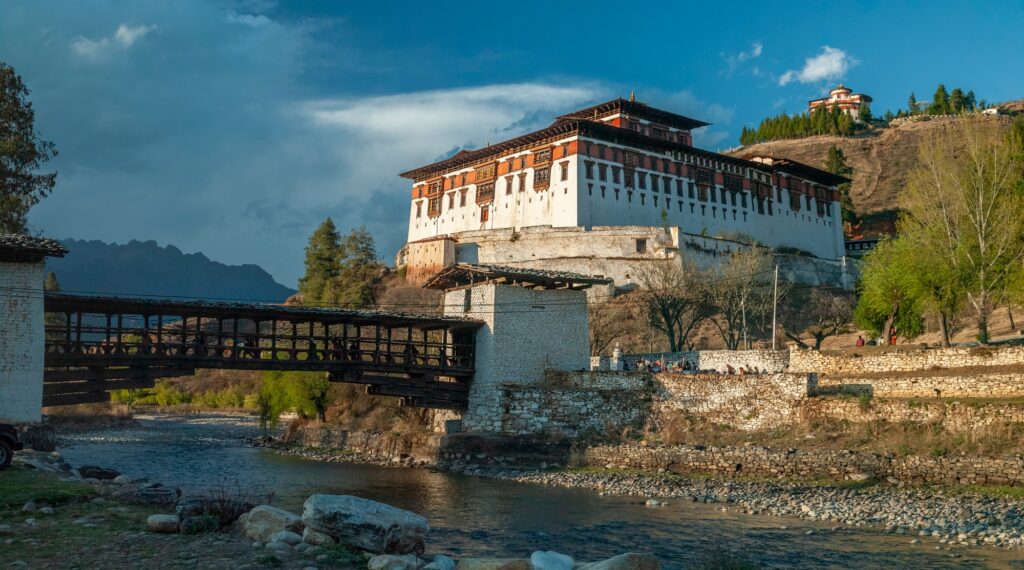
Soaring high above the Paro Valley in Bhutan, the Taktsang Monastery—or Tiger’s Nest—sits like a jewel on a vertical cliff. A mere hike from its base will reward you with breathtaking views and a story steeped in legend. According to local lore, Guru Rinpoche flew here on the back of a tigress to meditate. The monastery itself, constructed in 1692, was nearly lost to flames in 1998 but now stands revitalized, as stunning as ever against the backdrop of swirling clouds.
Ganden Monastery: The Seat of Learning
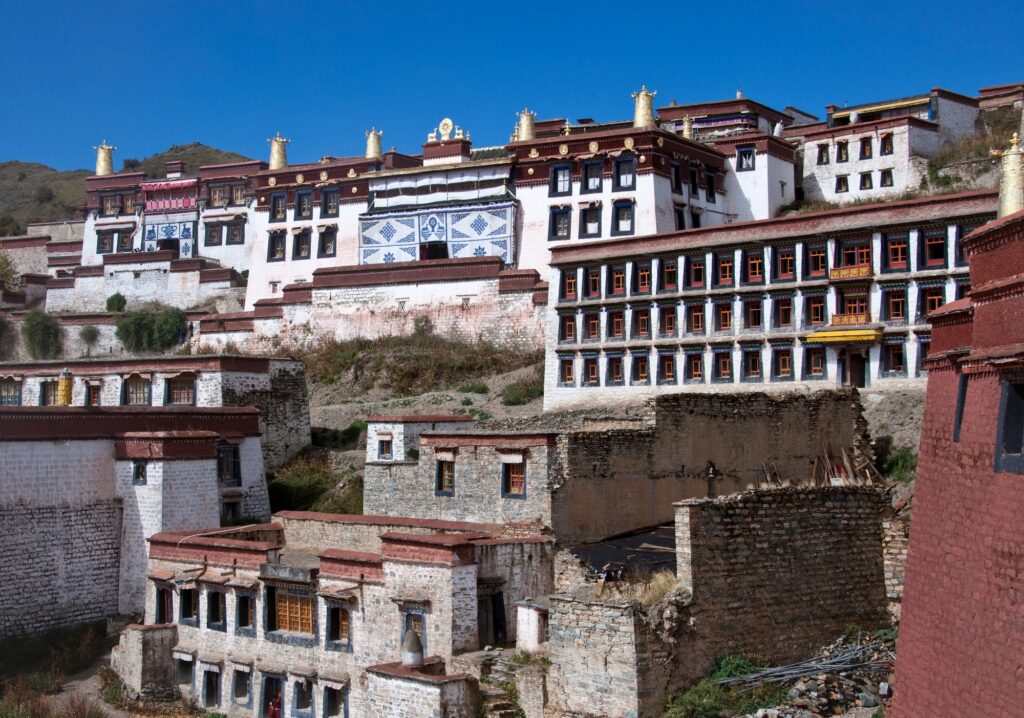
Nestled in the heights of Tibet, at an altitude of 4,300 meters, Ganden Monastery offers both a formidable challenge and an awe-inspiring experience. As one of the ‘great three’ university monasteries, it was home to thousands of monks who nurtured Buddhist scholarship. Though tragically destroyed during the political upheaval of the late 1950s, efforts have surged since the 1980s to restore this monastic gem, where echoes of ancient wisdom still resonate in the shadowy hallways.
Yumbulagang: The First Crown of Tibet
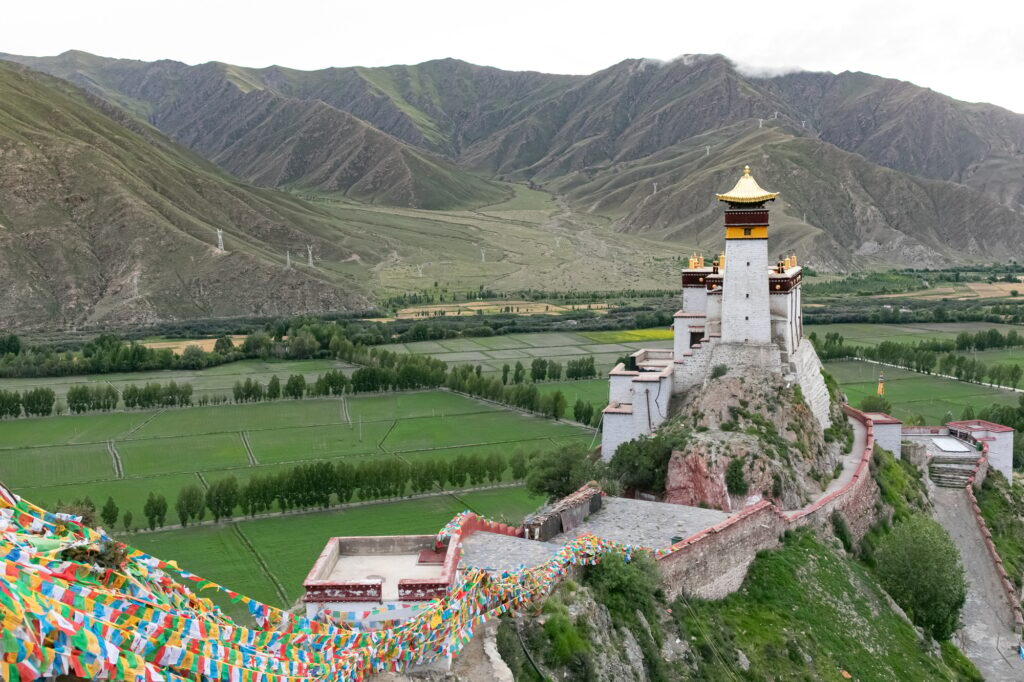
Legends whisper that Yumbulagang, the first palace of Tibet, belonged to the mythical king Nyatri Tsenpo. Transformed into a monastery during the reign of the 5th Dalai Lama, the palace holds stories etched into its very stones. While its foundations suffered during time’s upheaval, restoration efforts have revived this ancient sanctuary into a spiritual heart that continues to guide those who seek enlightenment.
Erdene Zuu Monastery: Heritage of Mongolia
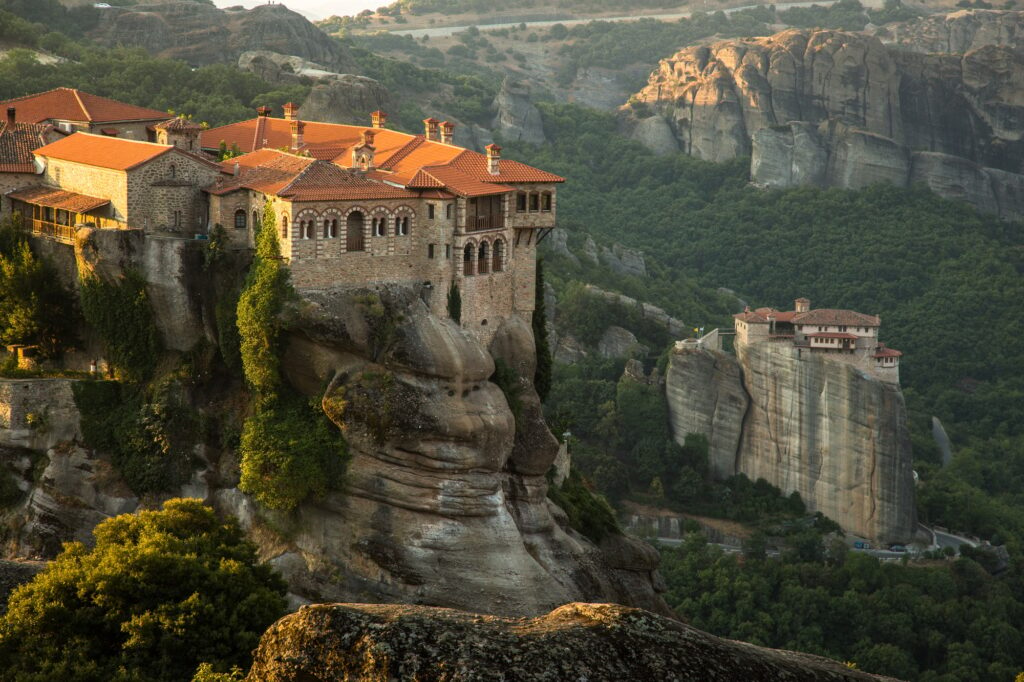
Perhaps the most sacred site in Mongolia, Erdene Zuu Monastery flourished amidst the fall of empires and the rise of Buddhism’s teachings in the 16th century. Built using stones from the ancient city of Karakorum, its impressive wall encircled with 100 stupas invites visitors into a realm of peace. With history as a backdrop, the monastery stands as a vibrant testament to resilience, having transitioned from a museum back to its spiritual roots after Mongolia’s political resurgence.
Lama Temple: The Palace of Peace and Harmony
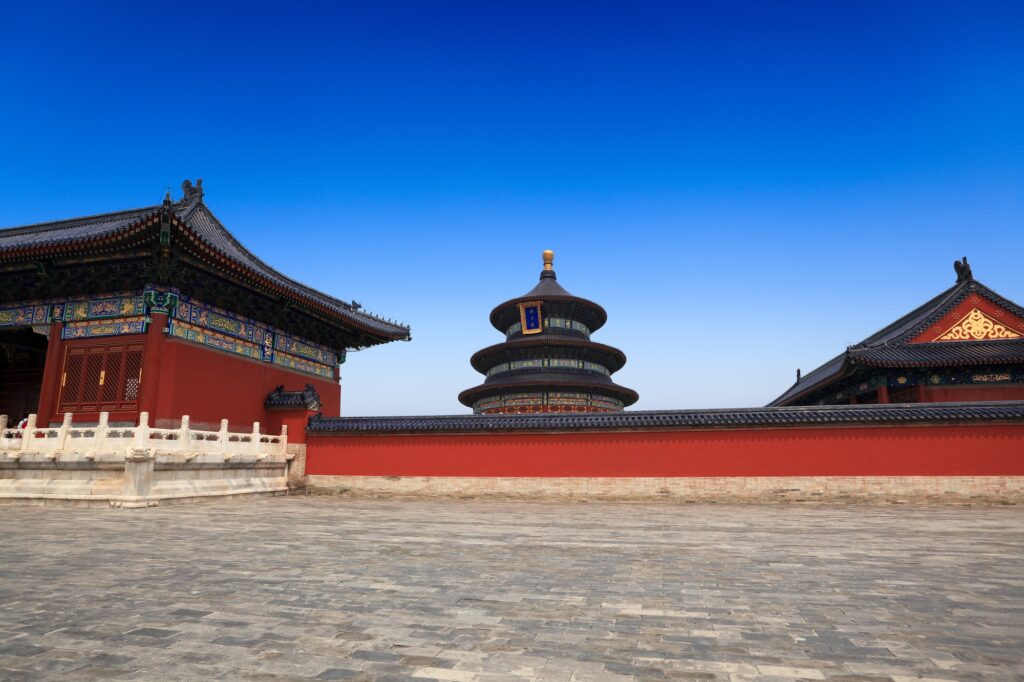
In the bustling heart of Beijing lies the Lama Temple, a grand monument crafted from the emperors’ adulation towards Tibetan Buddhism. Housing a massive 26-meter statue of Maitreya Buddha, carved from sandalwood, this vibrant sanctuary is alive with the sound of prayer wheels and incense wafting through its halls. Visitors are invited not just to observe but to participate in the ongoing journey of spiritual awakening.
Thikse Monastery: A Himalayan Gem
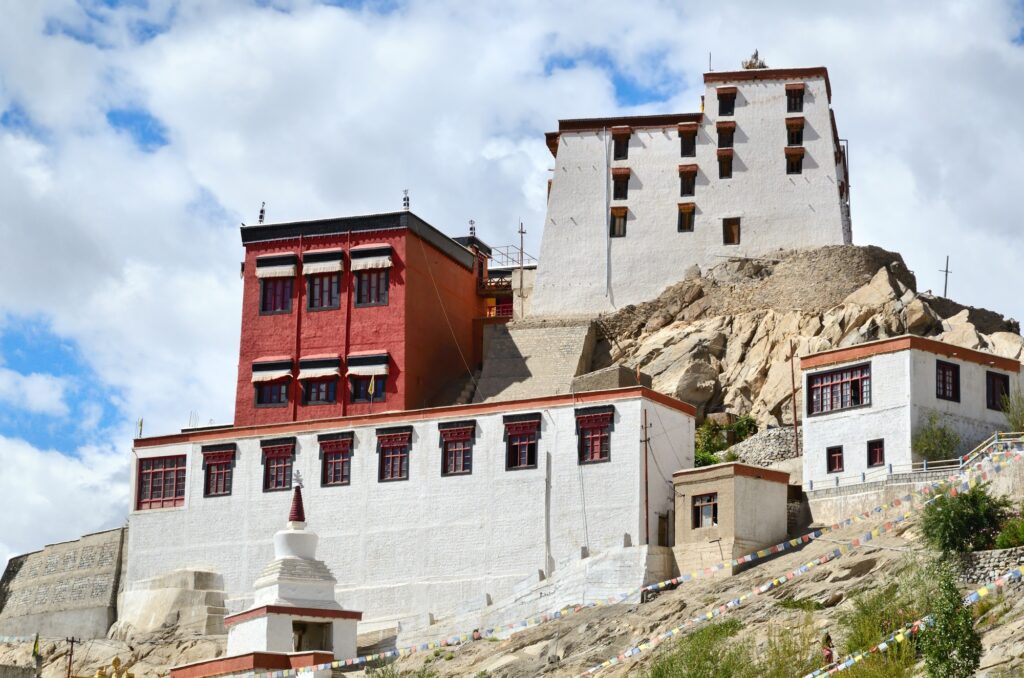
Rising prominently above the Indus Valley, Thikse Monastery bears a striking resemblance to the Potala Palace in Lhasa, offering an enchanting blend of beauty and spirituality. Home to an extraordinary collection of Buddhist art, from statues to intricate wall paintings, this 12-storey monastery gives visitors a glimpse into the culture and traditions that define Tibetan spirituality. Notably, the Maitreya Temple stands as a tribute to the 14th Dalai Lama’s visit in 1970, connecting the past with the present.
Taung Kalat: The Volcano’s Monastic Peak
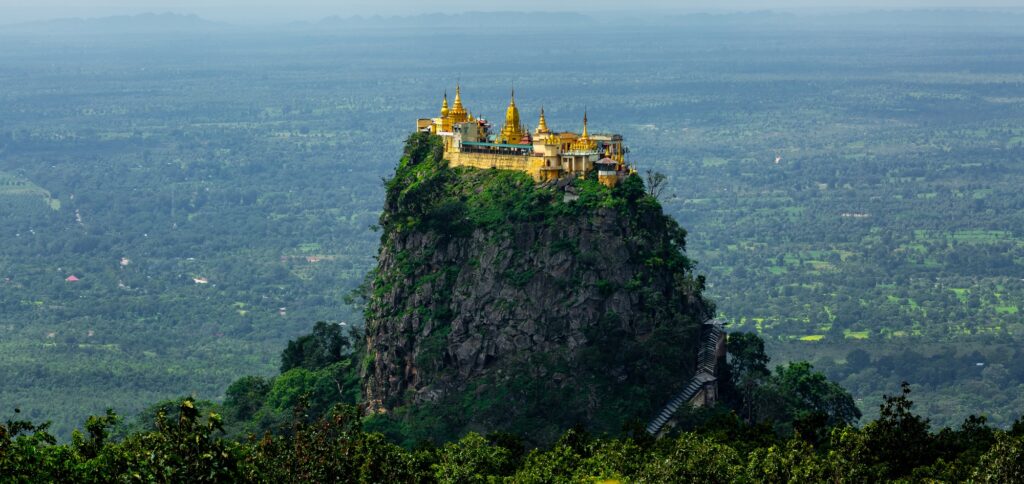
Perched atop a volcanic plug that juts dramatically from the Burmese landscape, Taung Kalat is as breathtaking as it is revered. Ascending 777 steps amidst playful macaque monkeys, each step is a stride closer to both physical and spiritual elevation. As you reach the summit, panoramic views unfold—a magnificent stretch of ancient Bagan and the looming majesty of Mount Popa, the formation that birthed this unique monastic site.
